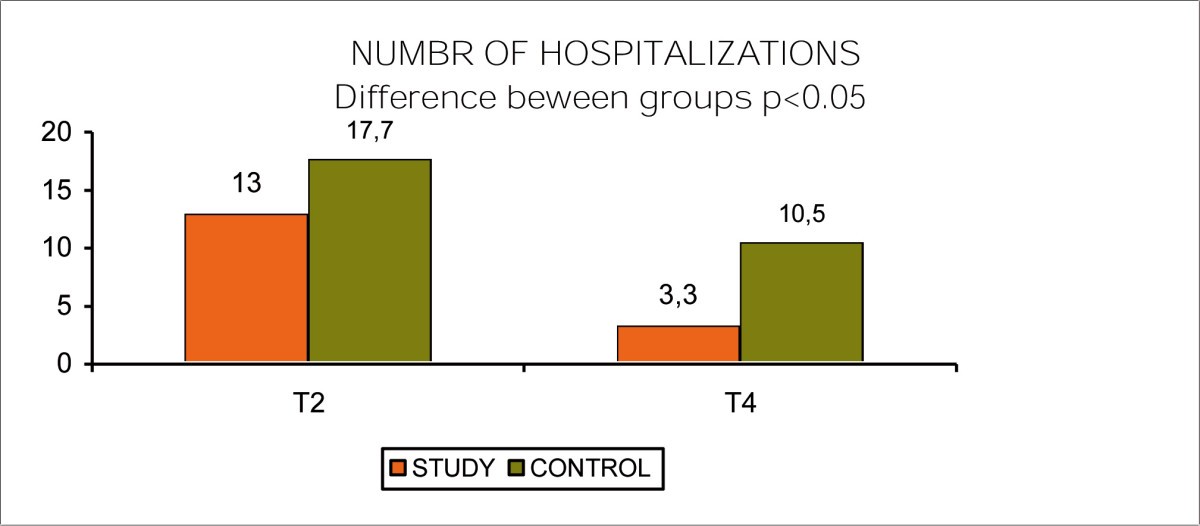
Heart failure can cause other organs in the body to shut down, leading to liver and kidney failure. People with heart failure are at risk of having fluid building up throughout the body, causing swelling in the feet, ankles, legs and lungs. In heart failure, the chronic malnutrition causes the heart muscle to become weaker and weaker and less able to pump the blood that the body needs. Over time, the changes in heart function and structure can lead to another potentially life-threatening consequences – heart failure. Long-term effects of eating disorders on the heart It can also compromise the function of the nearby mitral valve. When the left ventricle is weak, this can lead to fainting, dizziness, and low blood pressure. Known as the power chamber of the heart, the left ventricle is responsible for pumping fresh blood throughout the body. The most serious consequence of the loss of muscle mass is in the left ventricle. The main difference is that while you can see the muscles on the outside of the body withering, you can’t see what anorexia does to the heart. It’s similar to what happens with other muscles in the body when the body is slowly starving. When the heart doesn’t get the fuel it needs, the heart muscle shrinks and weakens. This should be done carefully with experienced healthcare providers who will monitor vital signs and electrolytes closely.Ĭhanges in heart structure – The heart is a muscle. Electrolyte imbalances can lead to irregular heartbeats, which can be life threatening unless fluids and minerals are replaced. People who also binge and purge, including people with bulimia may also be susceptible to dehydration, dangerous shifts in electrolytes such as sodium, potassium and magnesium. This change can be detected through EKGs or echocardiograms, and is associated with a higher risk of sudden death. One specific heart rhythm abnormality seen in people with anorexia is a long QT syndrome, a subtle lengthening in a specific part of the heartbeat known as the QT interval. The slowed heart rate may also lead to a drop in blood pressure, called hypotension. Bradycardia can lead to fainting, fatigue, lack of energy. It’s not uncommon for people with anorexia to have a heartbeat of below 40 beats per minute. A slow heartbeat, or bradycardia, is a heart rate of under 60 beats per minute. One of those responses is a slowed heartbeat. When the body is subjected to prolonged fasting or starvation, the body undergoes hormonal and metabolic changes to protect itself from muscle or tissue breakdown. Low heart rate and low blood pressure are among the ways that anorexia is detected and diagnosed. Like other organs and muscles, the heart also undergoes significant changes.Ĭhanges in heart function – Individuals with anorexia often develop abnormal heart rhythms, or arrhythmias.
#Eating disorder treatment centers rate it facebook skin
Muscles wither, bones lose density, and the skin and hair dry out.

When calories are severely restricted, the body starts to make changes to conserve energy in an effort to stay alive. These physical signs are usually accompanied by an intense fear of eating, becoming fat or gaining weight despite being underweight. Anorexia symptoms include a severely restricted intake of calories and food, and often a very low body mass index (BMI). We can’t live for more than a few minutes without it pumping.Īs strong as the heart is, it’s also very vulnerable to the deprivation of calories and nutrients that marks anorexia. Beating an average of 115,000 times a day, the heart is responsible for transporting blood, oxygen and nutrients around the body.

It’s hard to think of an organ that’s more important than the heart. With February being American Heart Month, it’s a good time to consider how eating disorders can impact the heart – and why getting into treatment to restore balanced eating and allowing the heart to heal is so vitally necessary. At least one-third of deaths in patients with anorexia are attributed to cardiac causes, research shows. Eating disorders can damage every part of the body, the heart and cardiovascular system in particular.


 0 kommentar(er)
0 kommentar(er)
